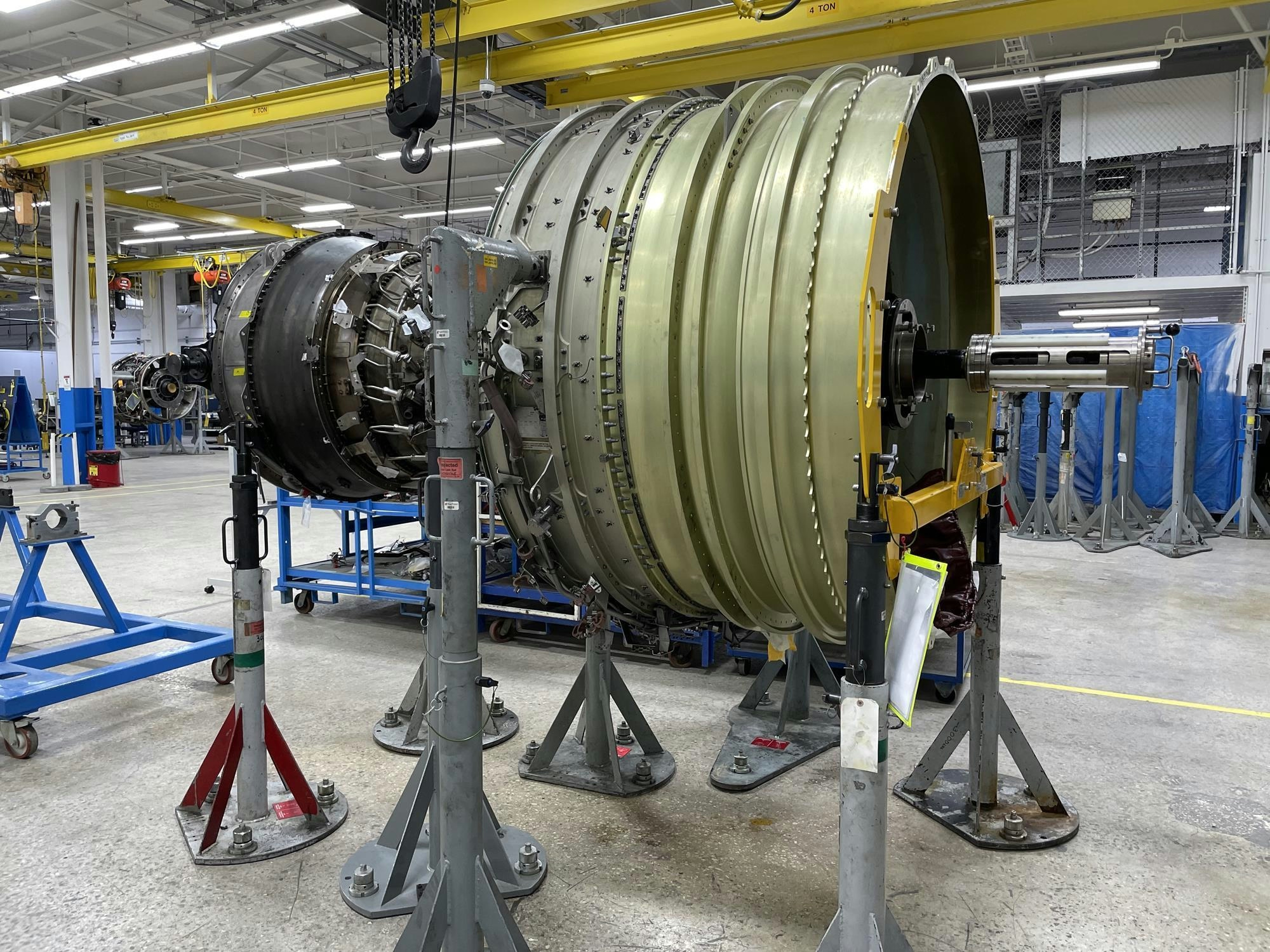
AeroGenie – Ihr intelligenter Copilot.
Trends
Categories
Boeing Secures Contract for Additional MH-139A Grey Wolf Helicopters
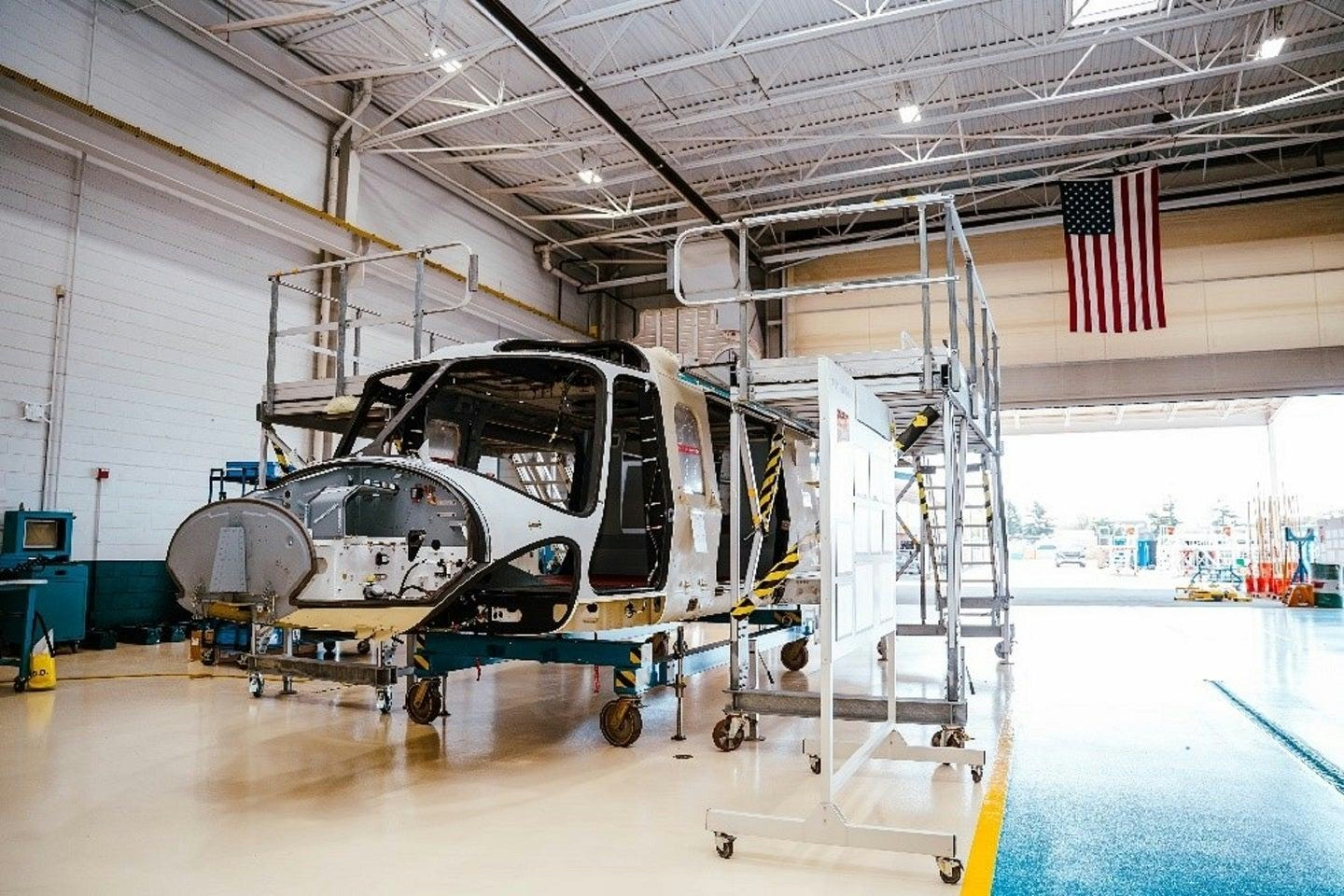
Boeing Secures $173 Million Contract for Additional MH-139A Grey Wolf Helicopters
Boeing has been awarded a contract exceeding $173 million by the U.S. Air Force to manufacture eight additional MH-139A Grey Wolf helicopters, accompanied by training and sustainment support. This contract follows a previous $178 million agreement for seven aircraft, increasing the total number of Grey Wolf helicopters under contract to 34.
Deployment and Production Progress
The latest order includes the first MH-139A helicopter designated for deployment at Minot Air Force Base in North Dakota. Earlier this year, Boeing completed deliveries for the initial operational unit stationed at Malmstrom Air Force Base in Montana. To date, the company has delivered 18 aircraft to the Air Force, including 12 produced under low-rate initial production. Boeing anticipates delivering four more helicopters before the end of the year, further advancing the program’s momentum.
Capabilities and Operational Milestones
The MH-139A Grey Wolf is derived from Leonardo Helicopters’ AW139 platform, which Boeing has adapted with specialized military equipment to satisfy the Air Force’s operational requirements. The helicopter is engineered for a range of missions, including patrol, search and rescue, and the transport of troops and cargo. Its versatility, reliability, and endurance position it as a critical asset for national defense operations.
The Air Force recently completed initial operational test and evaluation flights, marking a significant milestone as the MH-139A program approaches initial operational capability. Robert Beyer, MH-139 Senior Programme Manager at Leonardo Helicopters, emphasized the program’s success, stating, “The MH-139A Grey Wolf represents the best of partnership and proven capability. By building on the trusted AW139 platform, we’ve delivered a versatile aircraft that is already showing its value to the U.S. Air Force. With each new order, we continue to strengthen national security while supporting American manufacturing and jobs.”
Industry Challenges and Market Context
As Boeing scales up production to meet increasing demand, the company faces challenges related to managing production volume, ensuring quality control, and maintaining a resilient supply chain. Despite these obstacles, market responses have been favorable. Boeing’s stock has experienced gains, supported by new international deals and speculation regarding a potential significant order from China.
The military helicopter sector remains highly competitive. Lockheed Martin’s Sikorsky division recently secured an $11 billion contract from the U.S. Navy for CH-53K King Stallion helicopters, highlighting the intense competition among major defense contractors for substantial government contracts.
With the MH-139A Grey Wolf program advancing and additional orders anticipated, Boeing continues to solidify its position in the military aviation market while bolstering U.S. defense capabilities and domestic manufacturing.
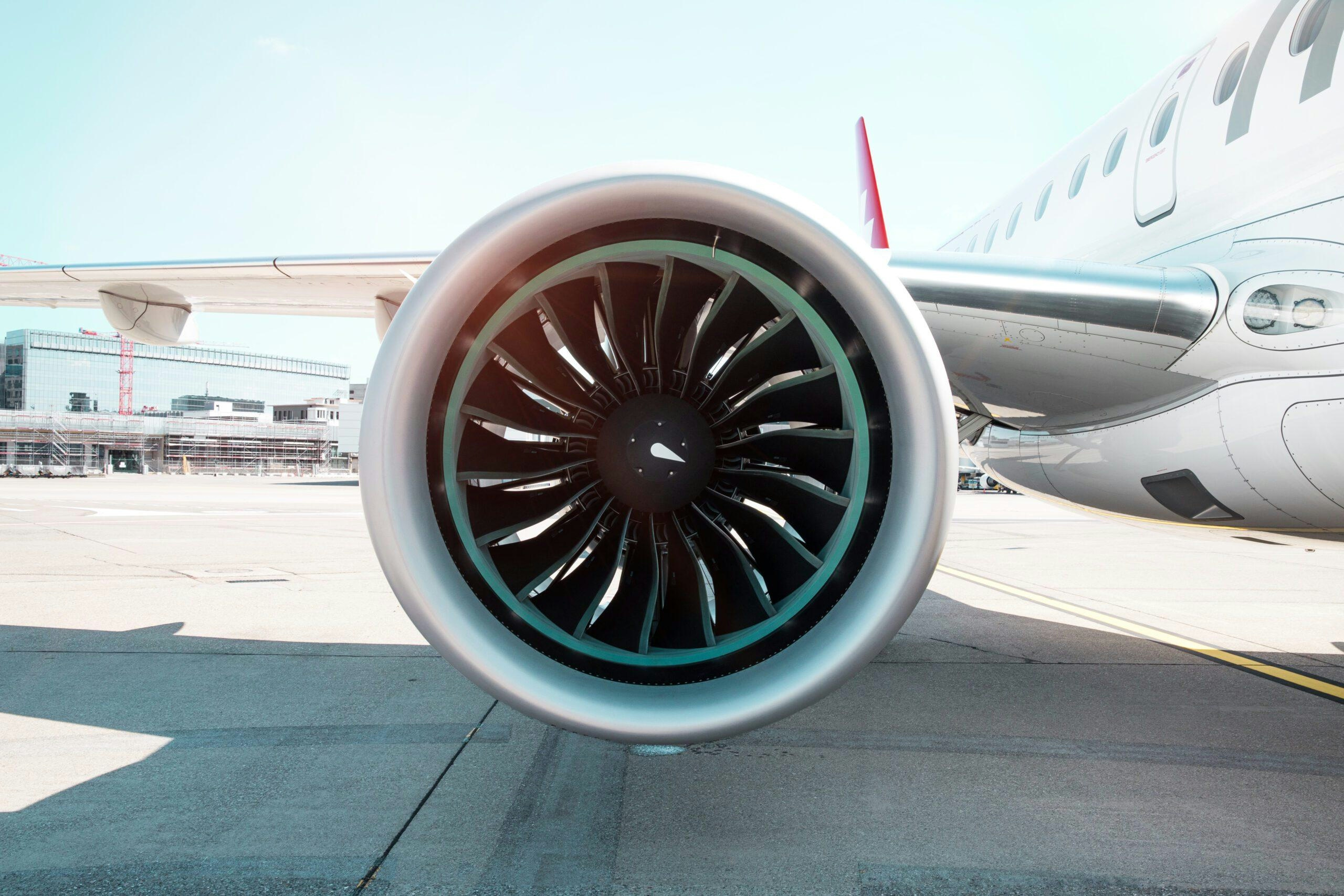
Leading Companies in Aviation Artificial Intelligence: Airbus, Amazon, Lockheed Martin, Tata Power, Thales
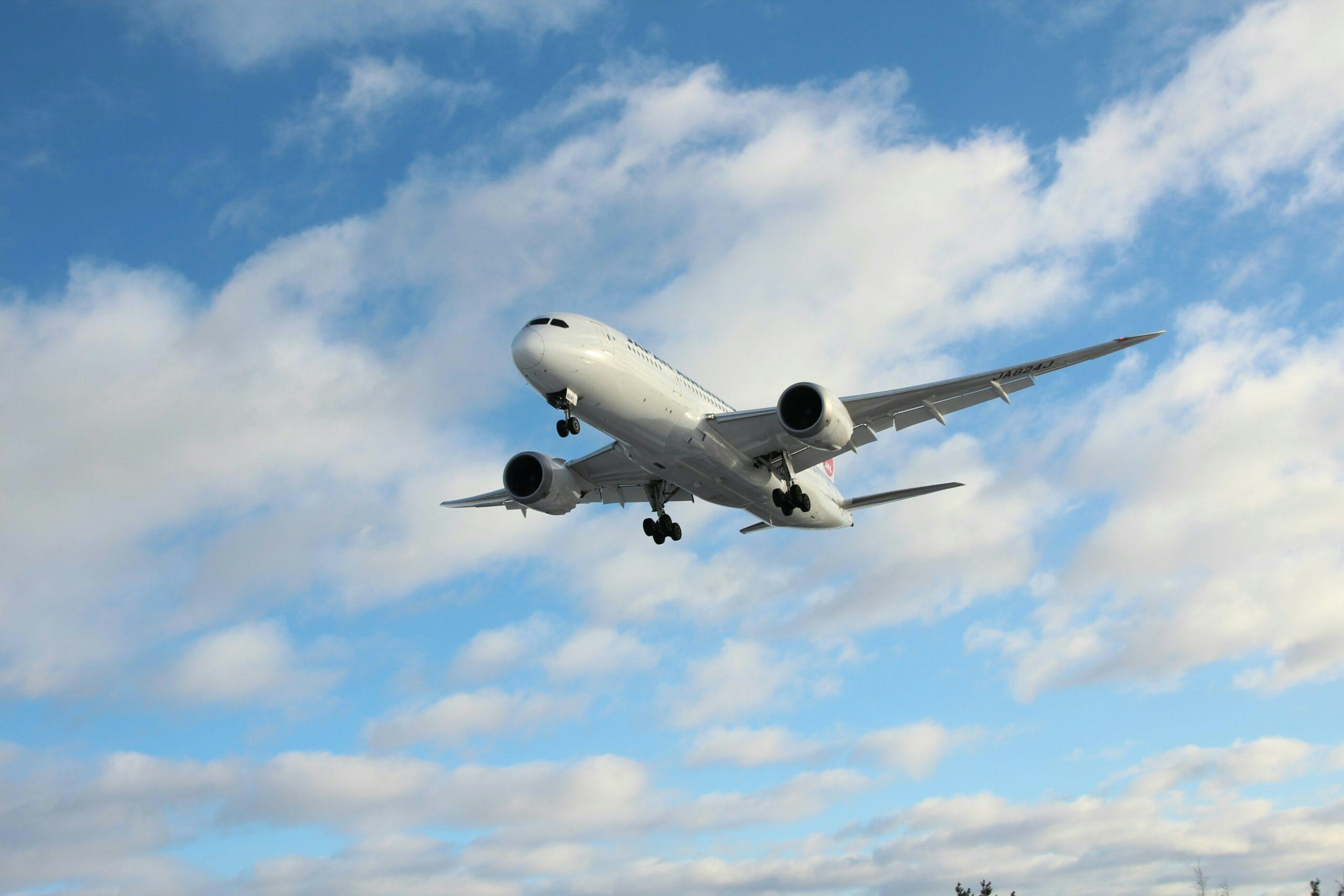
Warburg Pincus Acquires Hong Kong-Based Topcast Aviation Supplies
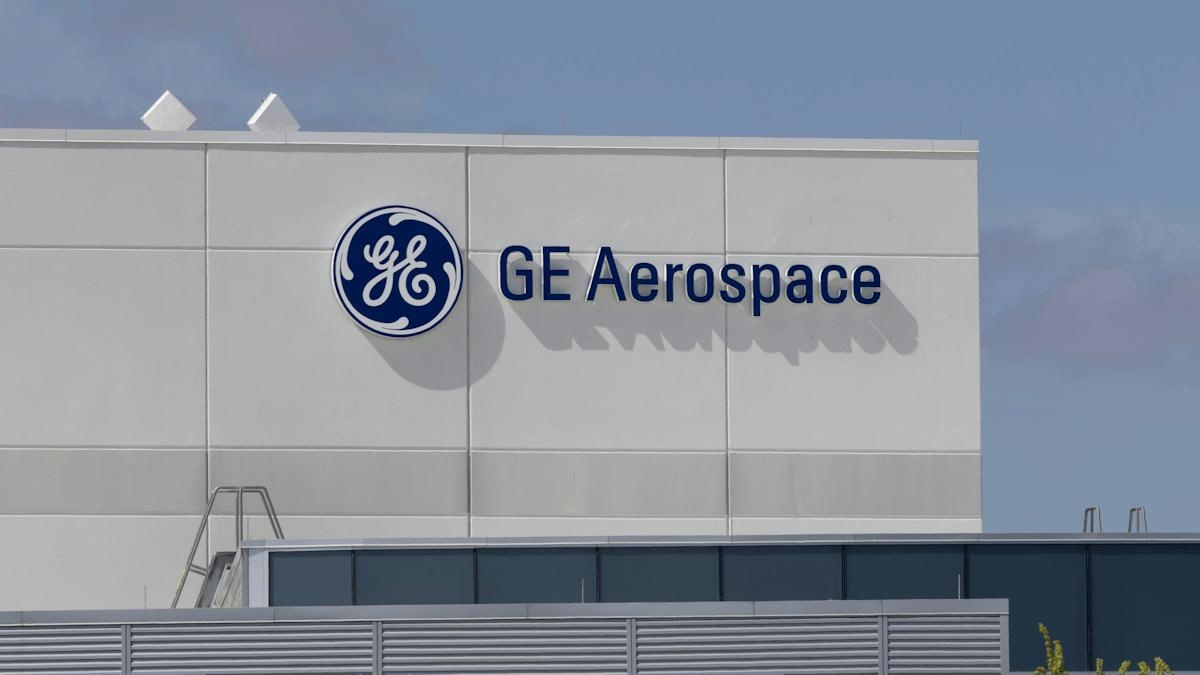
GE Aerospace Expands North Carolina Facility with $53 Million Investment to Address Supply Chain Issues
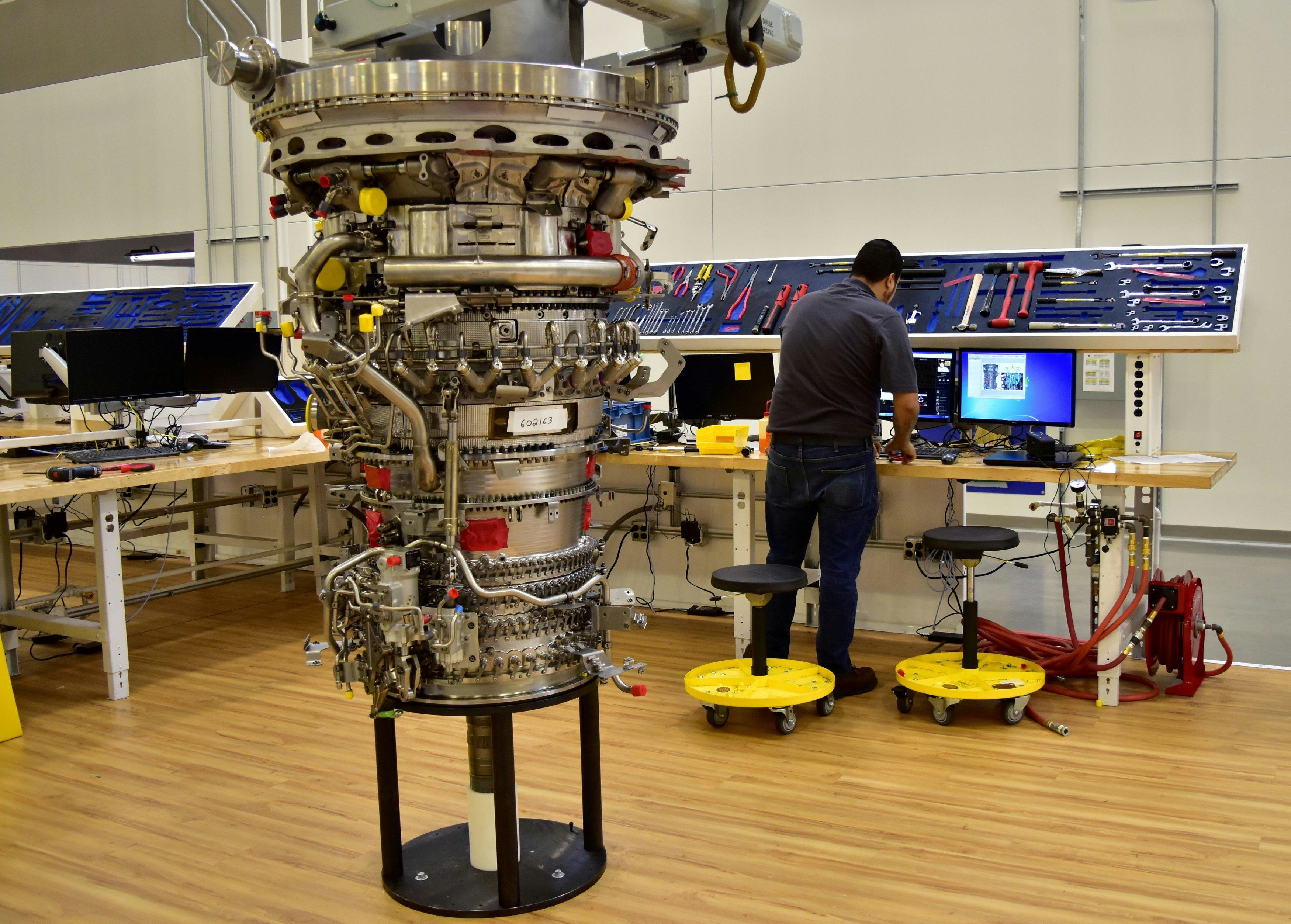
Manufacturer of China’s C919 Secures Capital Injection Amid Supply Chain Issues

Africa’s Aviation Sector Adopts AI Amid Challenges

FTAI Aviation Shares Rise 6.3% Following AI Partnership with Palantir

Airports Innovate 2025 Shapes the Future of Aviation

How Volcanic Ash Disrupts Aircraft Engines

Ethiopia Volcanic Ash Plume Poses Risk to Aviation, DGCA Issues Warning
